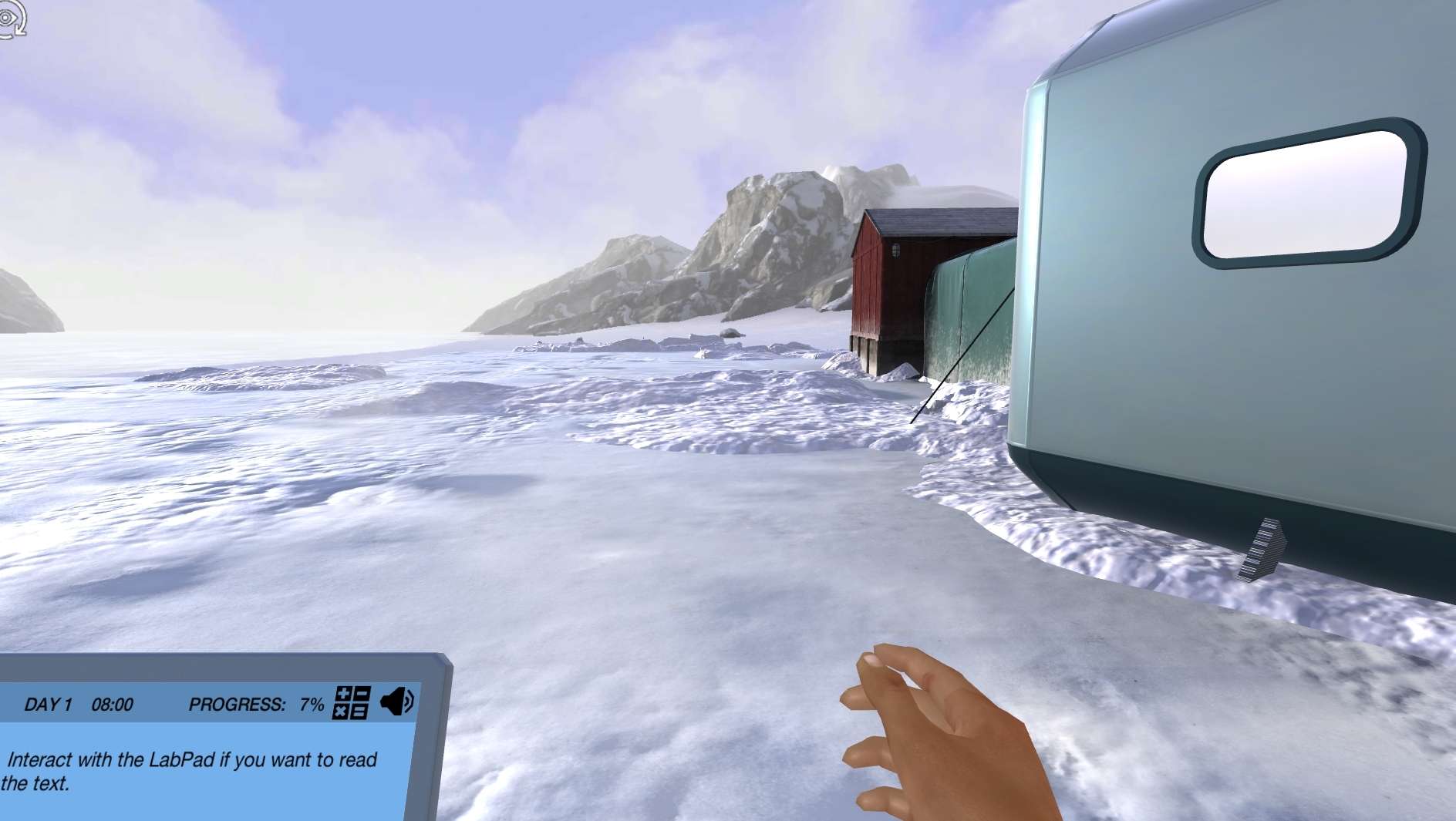Heading 1
Heading 2
Heading 3
Heading 4
Heading 5
Heading 6
Lorem ipsum dolor sit amet, consectetur adipiscing elit, sed do eiusmod tempor incididunt ut labore et dolore magna aliqua. Ut enim ad minim veniam, quis nostrud exercitation ullamco laboris nisi ut aliquip ex ea commodo consequat. Duis aute irure dolor in reprehenderit in voluptate velit esse cillum dolore eu fugiat nulla pariatur.
Block quote
Ordered list
- Item 1
- Item 2
- Item 3
Unordered list
- Item A
- Item B
- Item C
Bold text
Emphasis
Superscript
Subscript
About This Simulation
Build your own resistor to repair a broken radio.
Learning Objectives
- Define the concepts of resistivity and resistance
- Explain how resistance is affected by length, width, type of material, and temperature
- Apply Ohm’s law to simple circuits
- Determine the effect of combining resistances in series and parallel
- Apply the principles of charge and energy conservation to more advanced circuits
About This Simulation
Lab Techniques
- Circuit Building
Related Standards
- HS-PS3-5, HS-ETS1-2
- 9.3 Ohm’s Law, Kirchhoff’s Loop Rule (Resistors in Series and Parallel)
- 9.1 Definition of a Circuit
- 9.2 Resistivity
- Physics 5.3
- Physics 5
- Physics 5.2
Learn More About This Simulation
Join the resistance! In this simulation, you will learn how resistors affect electric current and how modifying the size of a resistor can modify its resistance. You will also get the chance to build your own circuit to repair a broken radio and contact your scientist colleagues.
Repair your radio to contact scientists in Antarctica
Your radio transmitter broke down and you will need to repair it in order to contact your fellow colleagues in Antarctica. To do this, you will need to learn how resistors work and how their resistance is modified by different parameters or by how they are wired.
Build your own circuit
You will get the chance to carry out your own experiments to see how the resistance changes when you change the length or width of a resistor. From what you’ve learned, you will have to replace the broken circuit in the radio and decide on how to create your own! Practice wiring your circuits with Labster’s new circuit tables, where you can visualize the many different resistors you can use.
Combine resistors and make the radio work
You will be able to test many different circuits and see how they work. Additionally, you will see how voltage, resistance and current are linked by using Ohm’s Law. With this knowledge and the battery you have available, you will have to decide which resistors you would need to use. Will you be able to get back into contact with your fellow scientists in Antarctica?
Boost STEM Pass Rates
Boost Learning with Fun
75% of students show high engagement and improved grades with Labster
Discover Simulations That Match Your Syllabus
Easily bolster your learning objectives with relevant, interactive content
Place Students in the Shoes of Real Scientists
Practice a lab procedure or visualize theory through narrative-driven scenarios


For Science Programs Providing a Learning Advantage
FAQs
Find answers to frequently asked questions.
Heading 1
Heading 2
Heading 3
Heading 4
Heading 5
Heading 6
Lorem ipsum dolor sit amet, consectetur adipiscing elit, sed do eiusmod tempor incididunt ut labore et dolore magna aliqua. Ut enim ad minim veniam, quis nostrud exercitation ullamco laboris nisi ut aliquip ex ea commodo consequat. Duis aute irure dolor in reprehenderit in voluptate velit esse cillum dolore eu fugiat nulla pariatur.
Block quote
Ordered list
- Item 1
- Item 2
- Item 3
Unordered list
- Item A
- Item B
- Item C
Bold text
Emphasis
Superscript
Subscript
Labster can be integrated within a school's LMS (Learning Management System), and students can access it like any other assignment in their LMS. If your Institution does not choose an LMS integration, students will log in to Labster's Course Manager once they have an account created. Your institution will decide the access method during the sales process.
Labster is available for purchase by instructors, faculty, and administrators at education institutions. Purchasing our starter package, Labster Explorer, can be done using a credit card if you are located in the USA, Canada, or Mexico. If you are outside of North America or are choosing a higher plan, please speak with a Labster sales representative. Compare plans.
Labster simulations are created by real scientists and designed with unparalleled interactivity. Unlike point and click competitors, Labster simulations immerse students and encourage mastery through active learning.
Labster supports a wide range of courses at the high school and university level across fields in biology, chemistry and physics. Some simulations mimic lab procedures with high fidelity to train foundational skills, while others are meant to bring theory to life through interactive scenarios.


















